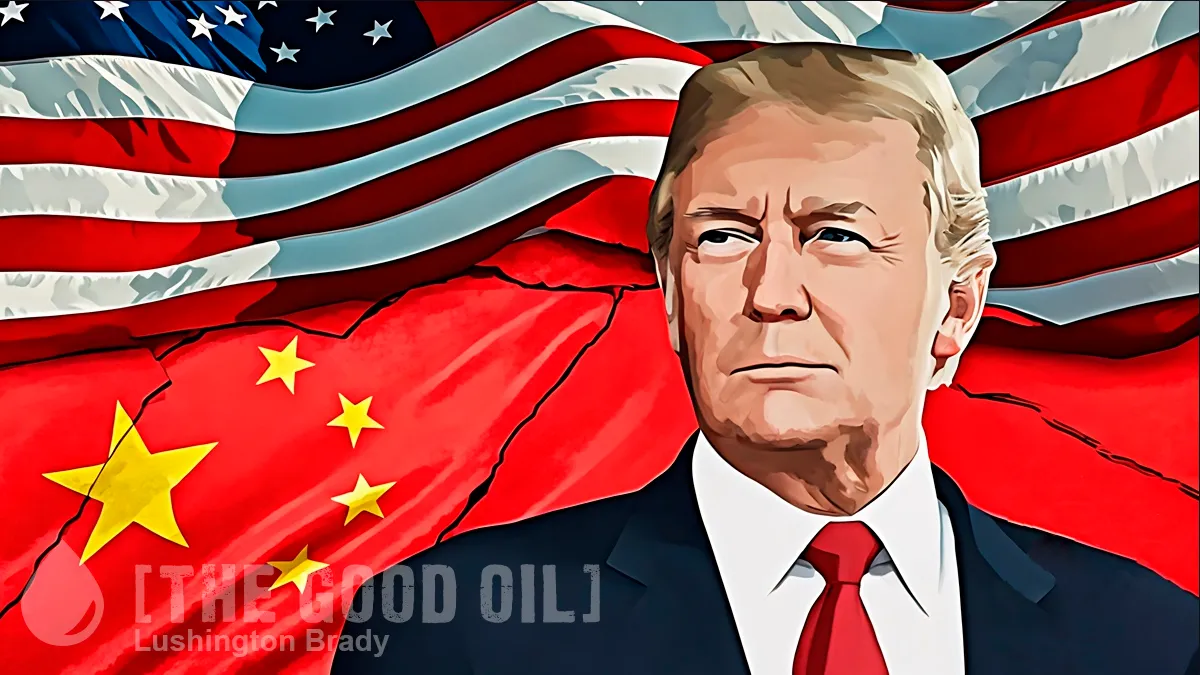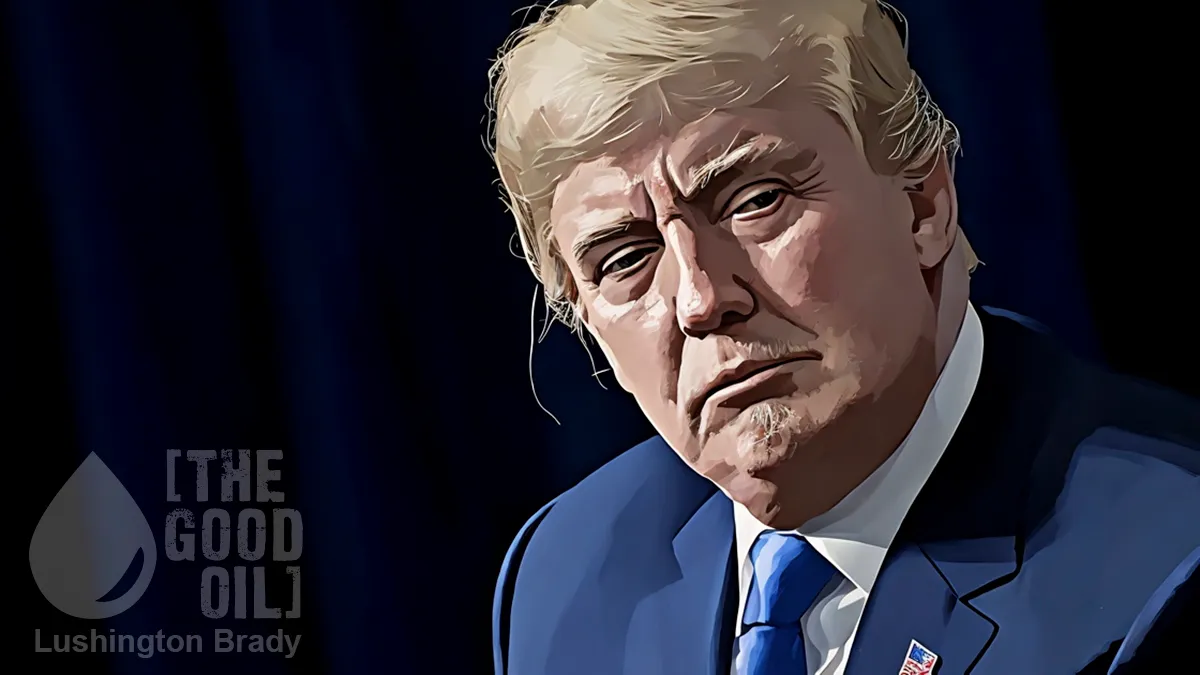As Australia should have learned during the Covid pandemic, placing all your business eggs in the China basket is a risky investment indeed. With a stroke of Xi Jinping’s pen, billions of dollars worth of Australian exports were blocked from Chinese markets. All because then-PM Scott Morrison dared say what everyone knew: that Covid was China’s fault.
But the politicians and greedy big business didn’t learn a thing. For all their screaming and wailing and crying poor, they didn’t bother developing new, more reliable, markets.
Even more clueless than Australian business were the Barack Obama and Joe Biden governments in the USA. When, in the 2012 presidential debates, Mitt Romney pointed out the deplorable degradation of America’s naval capacity, Obama sneered and guffawed. “We also have fewer horses and bayonets.” Obama, the supposedly smartest guy in the room, thought a navy was just too old-fashioned to bother with.
How’s that gone, since, as Xi steadily turns the Pacific into a Chinese lake?
But it’s not just with its navy that China is spreading its control: its merchant fleet almost completely dominates global shipping. High on Donald Trump’s agenda to contain China is an assault on that dominance. Naturally the mainstream media is screaming blue murder.
The US is considering launching an assault on China’s dominance of global commercial shipping that would disrupt global supply chains, increase prices for American consumers and add a new dimension to the Trump administration’s escalating trade wars.
Which is almost exactly the same script they’re playing on Trump’s re-orientation of American defence policy and use of tariffs to promote American industry. Change the record, guys.
The [US Trade Representative (USTR)] accused China of using unfair practices – forced labour, artificially low labour costs, cheap state funding and access to non-market excess capacity for inputs such as steel – to develop its dominance of shipbuilding […]
Its report contained proposals that would result in huge increases in port fees for Chinese-built or operated vessels, as well as a requirement that would mean an increasing proportion of American goods carried on US-flagged and built ships.
Putting the proposals into action would require a massive boost to America’s sclerotic shipbuilding industry.
Where China builds more than 1700 commercial ships annually, the US builds fewer than five. China’s share of new orders for ships is 61 per cent. America’s is about 0.4 per cent […]
America’s shipbuilding capacity is almost entirely devoted to its own navy but is characterised by limited facilities, labour shortages and cost and time overruns.
Which sounds like exactly the sort of job an Elon Musk would relish whipping into (ship) shape. A revitalised shipbuilding and shipping industry would not just be an economic fillip and create thousands of jobs on its own, it’s also strategically vital. As I’ve written, regarding Australia’s endangered Whyalla steel mill, a strong industrial base is critical to a strong defence capability.
While there is industrial logic to an attempt by the US to try to undermine China’s dominance of the industry, there’s also military logic.
The scale of China’s shipbuilding sector and the complex supply chain that supports it has enabled it to leverage its capabilities and economic advantages to build the world’s largest fleet of warships […]
Strong navies have historically been developed alongside strong commercial shipbuilding capabilities. The lack of those commercial capabilities represents a major vulnerability for the US Navy’s ability to keep up with China’s continuously growing and increasingly sophisticated fleet.
That nexus between the commercial and military implications of a strong shipbuilding industry has shaped the USTR’s recommendations.
The USTR proposals are designed to make Chinese shipping vastly more expensive, in order to price them out.
The USTR is recommending fees of up to $US1 million per vessel for every entry to a US port by a Chinese maritime transport operator.
Container ships on routes between Asia and the US East Coast generally make multiple port calls, so the fee could be charged multiple times.
The fees would be charged not just on Chinese-owned or operated vessels but on Chinese-built ships. Any operator with Chinese-built ships in its fleet would be captured, with the port fees calculated according to the percentage of Chinese-built ships in their fleet […]
The proposal doesn’t just cover existing ships, as it also recommends that the port fees be charged to any operators with ships being built at Chinese yards or ordered from them and expected to be delivered within two years of the proposal being adopted.
The obvious solution, then, is for American importers to use American ships. Which would, of course, necessitate dramatically expanding the US-flagged fleet.
But Americans have shown, time and again, just how capable they are of rising to a challenge. If Trump can successfully – and correctly – sell the measures as a patriotic duty to indeed make America great again, and push back against a dictatorial Chinese communist regime, there’s no telling what Americans are capable of.








